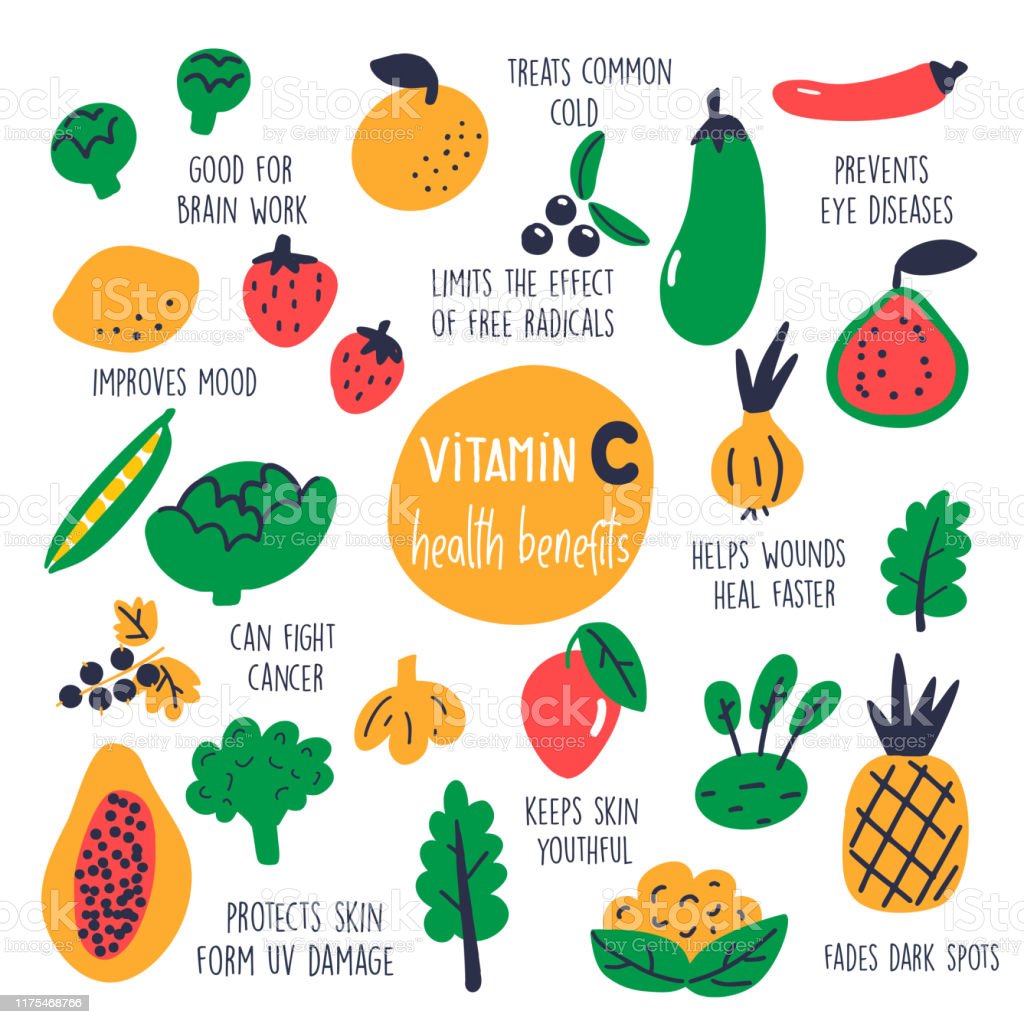
One-third of all infertility cases are male, so ensuring sperm health is very important. Studies have shown that healthy sperm are crucial for conceiving. Healthy sperm is important for pregnancy health and the health of the baby. Recent research revealed a link between stress and obesity as well as sperm quality. This led to a baby with high stress levels and a high body weight. These findings, which are promising and worthy of further investigation, still require more human studies to establish the connection.
There are many natural methods to improve your sperm health. A healthy diet includes omega-3 fatty acid, antioxidants, selenium and vitamin D. These nutrients can improve the quality of the sperm. A balanced diet will make it easier for sperm formation. Your chances of having kids are better if you eat well.

There are many things that can make sperm less healthy and prevent couples of starting a family. Poor sperm can cause problems for a child's health throughout their life. Being overweight and smoking are some of the things that can damage sperm. Fortunately, there are many ways to improve sperm health. These tips will improve your sexlife.
Healthy eating habits are essential for sperm health. Foods rich in lycopene can help improve sex drive. It reduces the amount of reactive oxygen species that damage DNA and hurt sperm. Your sperm count can be increased by eating 4-8 mg of lycopene each day. You can also consume foods rich in lycopene through supplements.
Healthy eating habits rich in antioxidants are essential for improving sperm health. For men, it is crucial to eat a healthy diet that includes fruits and vegetables. Avoid soy. It contains too much soy and can damage the DNA in sperm. You should eat a healthy diet and get enough sleep every night. You will have more sperms if you get more sleep.

A diet rich in vitamins and antioxidants should also be a priority. This vitamin is essential for sperm health. It protects sperm health from inflammation and oxidative strain. A good intake of vitamin C could double your sexlife. Fish and poultry are good sources of fat, but not too much. You can eat lean protein-rich food high in protein to get a better balanced diet.
Exercise and healthy diet are key to sperm health. Make sure you eat a healthy diet high in fruits, vegetables, and other nutrients. These foods will help improve your sperm health as well as protect you from heart disease and diabetes. You should also eat a balanced diet that is rich in fatty acids. In addition to these, you should also consume plenty of fish, red meat, and dairy products. These products contain high levels of omega-3 as well as omega-6 fat acids that are helpful for sperm motility.
FAQ
What is a good 7-day workout schedule?
A seven day exercise program should include cardiovascular training (running or biking), strength exercises (using freeweights, weight machines) and one flexibility/core workout. It is important to complete each activity at least once weekly. Each session should not last more than 45 minutes.
Cardiovascular Exercises: Swimming, Cycling, Running
It is important to complete at least 60 minutes of cardio per week. You can aim for 75 minutes a week for best results. Cardio exercises can be used to increase blood flow, stimulate muscle growth, and improve blood circulation.
Strength Training
Cardio exercises focus on the heart and lungs while strength training targets muscles and bones. Strength training is a great way to build lean muscle mass that helps you burn calories even if you are not actively exercising.
Flexibility & Core Workouts
You can strengthen your entire body by strengthening flexibility and core exercises. Yoga and Pilates are both excellent choices.
How many calories per day should I consume?
This will vary from person-to-person. The average is 2000 - 2500 calories per day. You need to determine how many calories you need based on age, gender, height, weight, activity level, and lifestyle.
How many times per week do I need to exercise?
It all depends on how much time and what kind of exercise you like. A general guideline would be moderate-intensity aerobic exercise 3 - 5 days a week. It's important that you don't overdo it. For maximum results, consistent exercise is key to getting the most out of your workouts.
Which exercises work best for you?
It all depends on what type of fitness goals you have. Some people concentrate on endurance activities such running, cycling, swimming. Others prefer lifting weights, or using resistance bands. There are many types of exercise programs today. Find the best option for you.
Can I go to the gym seven days a week?
Yes, you could go to the gym seven days per semaine but not all at one time. You have to find a time where you can do this without feeling too exhausted and drained.
This will help keep you motivated and give you energy for other activities.
It is important to eat right during these times. This will help you not feel tired or slow at the gym.
And lastly, you need to ensure that there isn't anything else competing for your time. For example, if you have children, you may want to avoid exercising on school nights as they will distract you from your workout.
How fast can I transform myself?
The first step is to change your mind. First, you must decide to make a change.
Once you've decided to make a change, you must commit to working on your fitness for at least three months.
Then you need to find a program that fits into your lifestyle.
It is important to have realistic expectations. You shouldn't waste money on a gym membership that doesn't allow you to put in the effort and time required to reach your goals.
Instead, use your own free time to exercise outdoors.
Walk around your block for an hour every day to burn calories and help you lose 1 lb per month.
Once you have a plan, you can start to organize your life according to this plan.
This includes scheduling a time to exercise each morning before you leave for work and taking breaks throughout the day so that you can move.
Reward yourself for reaching milestones. You might be able to buy clothes and accessories that reflect your accomplishments.
Is Cardio Better Than Strength Training?
Both are equally excellent. Cardio is better if you are looking to build muscle faster.
Cardio burns more calories per hour than strength training, and also burns more fat.
Strength training helps build muscle mass. But it takes longer than cardio to accomplish this goal.
How do you lose weight?
Losing weight is easier said than done. Many people give in to temptation because they don't know how to proceed.
But there are steps you can follow to shed extra pounds.
First, ensure that you consume fewer calories per day than you burn. You can gain weight by eating more calories than your body burns.
The second is to get regular exercise in order burn those calories. You have many options, including walking, biking, dancing and jogging.
Third, you need to stop drinking alcohol and smoking cigarettes. These habits make it more likely that you will consume more calories than you would normally.
Fourth, it is important to reduce the consumption of junk food and fatty foods. You can replace them by healthier choices such as fruits, vegetables or lean meats.
Fifth, it is important to make lifestyle changes and develop new habits. For example, you may need to get up early every morning to exercise before work.
Sixth, be disciplined and stick to your diet plan.
For those extra calories, you could join a class or go to a gym.
Follow these simple steps and you'll soon start to see the results.
Statistics
- An estimated calorie range for moderately active adult males falls between 2,200 to 2,800 calories per day, depending on age. (eatright.org)
- Get free shipping and 25% off today. (healthline.com)
- Are You One of the 20% of Guys (mh.co.za)
- Cardmembers earn 5% Back at Amazon.com with a Prime Credit Card. (amazon.com)
- Candidates and applicants must pass all four tests at 70% (minimum level) to graduate from Basic Deputy U.S. Marshal (BDUSM) Training. (usmarshals.gov)
External Links
How To
How can a man lose weight in just 30 days.
Breaking down fitness goals into manageable steps will help you reach your fitness goals.
This is why you should make sure that you're working toward your goal every day. This could mean doing 10 pushups every 5 minutes or running 3 km.
Positive results will be achieved if you do this consistently over time.
You must be consistent. You have to keep at it until you succeed!
What is the difference in Aerobic Fitness and Anaerobic Fitness
Anaerobic fitness is the ability to do intense physical work without oxygen. Anaerobic pathways can be used to supply enough energy during high-intensity exercise. Anaerobic pathways include glycolysis, creatine phosphate, the phosphagen, lactic acid, etc.
In contrast, aerobic fitness refers to sustaining continuous low-intensity exercise. The primary source of energy for aerobic exercise is oxygen. In other words: The aerobic pathway gives more energy than that of the anaerobic.
To run a marathon you need to first increase your aerobic capacity. If you are only focusing on increasing your anaerobic capabilities, you won't finish the race.
Aerobic fitness can also be called cardiovascular fitness. Step tests and VO2 max testing are the most popular methods to measure cardiovascular fitness.
VO2 Max Test
VO2 max refers to the maximum amount of oxygen (O2) used by the body during exercise. This test determines how much O2 your body can use during exercise.
This test can measure your cardiovascular fitness accurately. It requires expensive equipment and highly-trained professionals to administer.
Step Tests
Step tests are simple yet effective methods of measuring cardiovascular fitness. These tests require you to walk or run on a track or treadmill for a set amount of time, depending on your weight and age.
These tests are simple to perform, cost-effective, and easily accessible from almost any location. You can for instance walk on a treadmill 2 minutes, then stop for 1 minute. Your heart rate should remain within a specific range throughout the whole session.
This method is known by the "Bruce Protocol". Bruce, himself a runner, created this protocol after realizing that he would not feel his heart rate increase when running longer distances.